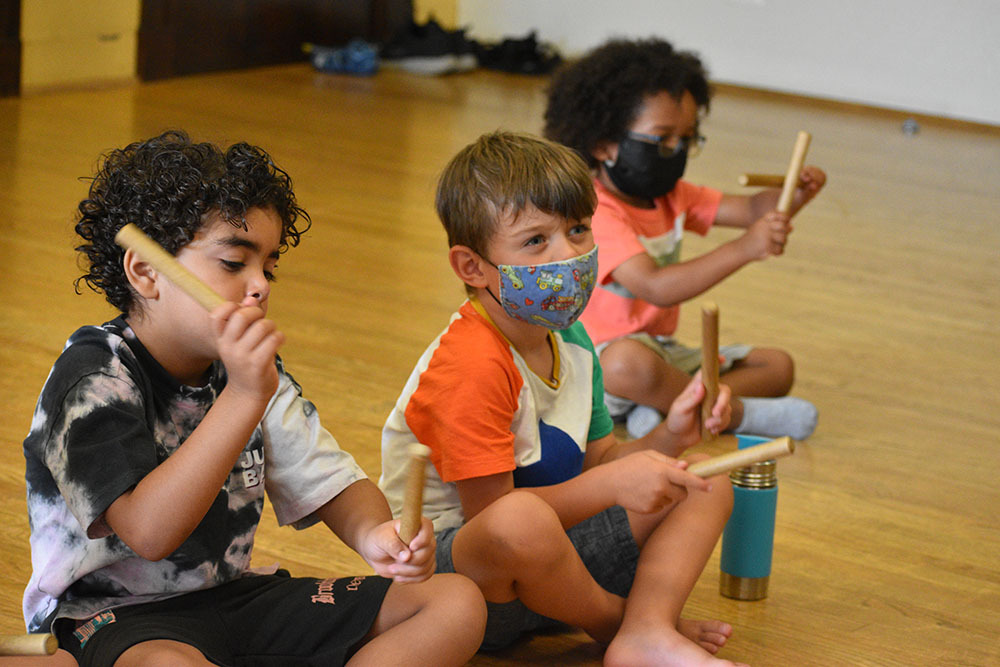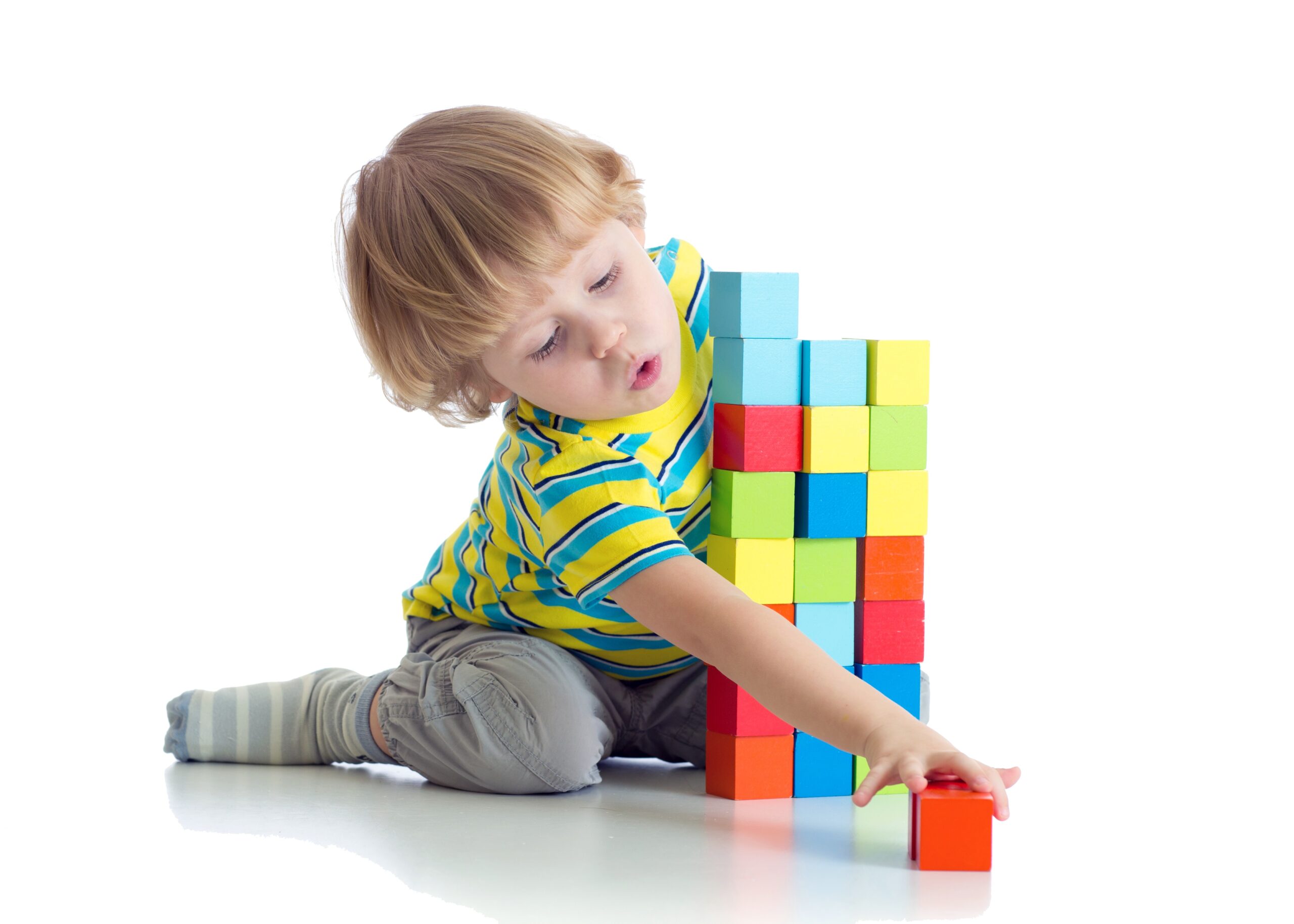
Don’t be fooled by glittery costumes and false eyelashes — competitive dancers are athletes, who deserve to be taken just as seriously as members of any other team such as soccer, swimming or track. And, unlike many sports which are often seasonal, dance practice typically runs all school year or even year-round.
According to the National Registry of Dance Educators, dance provides physical, intellectual, artistic, social and individual benefits that can enrich any dancer’s life. If you visit a few studios in your area, you will likely find a vibe and set of values that are a good match for your child and family. Here are some of the many skills, benefits and positive character traits that can be developed via consistent dance classes:
1. Listening skills.
In order to learn, dancers have to hear and absorb verbal instructions from their teachers, often on the fly.
2. Powers of observation.
Dancing is a multi-sensory skill, so there are many ways to learn and watching closely is an important part of the process, especially for more visual learners.
3. Social circle expansion.
Dancers can make new friends in dance class and those friendships tend to deepen over time; plus, kids who spend a lot of time working on new skills together are likely to form tighter friendships.
4. Development of strength.
Dancers must be strong no matter what their size because they need core strength as well as individual muscle strength to leap, turn and twist without injury.
5. Focus on follow-through.
Because dance is kinesthetic as well as musical and rhythmic, children who have trouble sitting still in school can concentrate more easily while learning a complete dance movement, which takes considerable concentration, focus and practice.
6. Poise practice.
Even if your child often trips or bumps into things, poise in the practice room will eventually translate into increased body awareness and better motor control outside the studio.
7. Self-discipline.
By teaching mastery of a routine through practice, dancers learn how to aim for a goal and reach it; repeated over time, this ability to get things accomplished can be applied to any task or healthy habit.
8. Teamwork.
Dancers often literally depend on each other to lift each other up, to hold each other up, and to work in unison to make a whole.
9. Stress reduction.
Dancers who are experiencing stress in life outside the studio may find that the consistency, focus and health benefits of dance counterbalance negative effects of any stress in their personal lives.
10. Community inclusion.
A studio is composed of the owner, the instructors, the students and the parents and families of the students. Dancers learn that they can be a significant part of the whole and still shine as individuals. They can look to others for good examples and also set a good example. They learn, most importantly, to work hard, do their best and still have fun.
Christina Katz is a freelance writer. Her latest book is The Art of Making Time for Yourself: A Collection of Advice for Moms.






